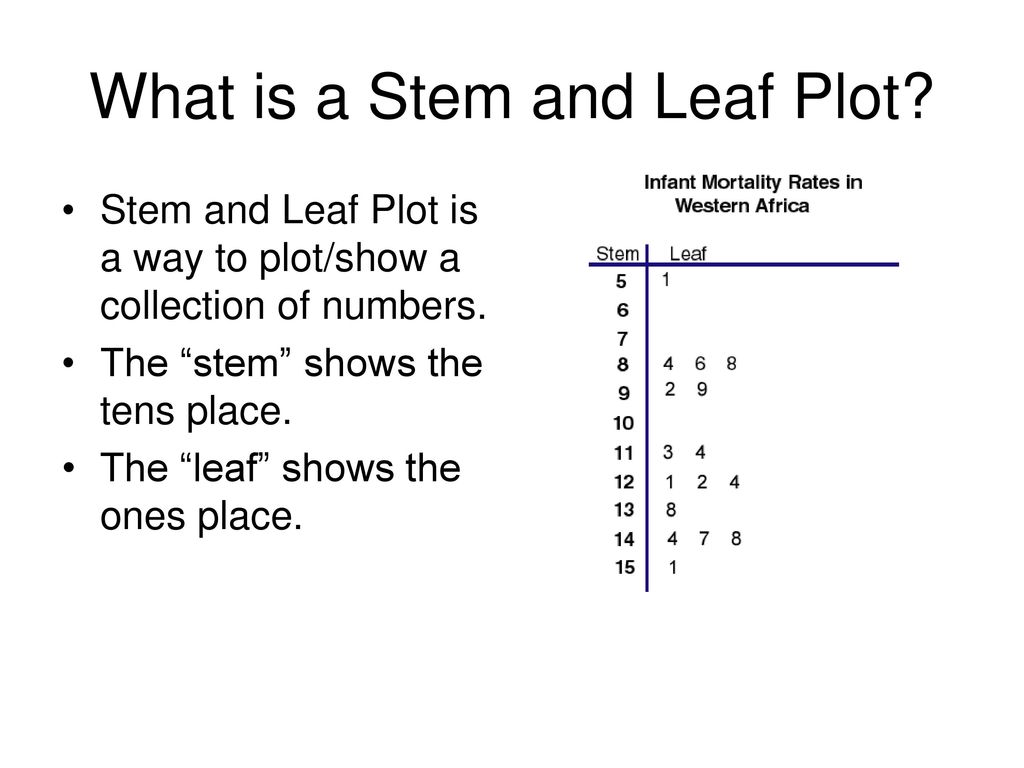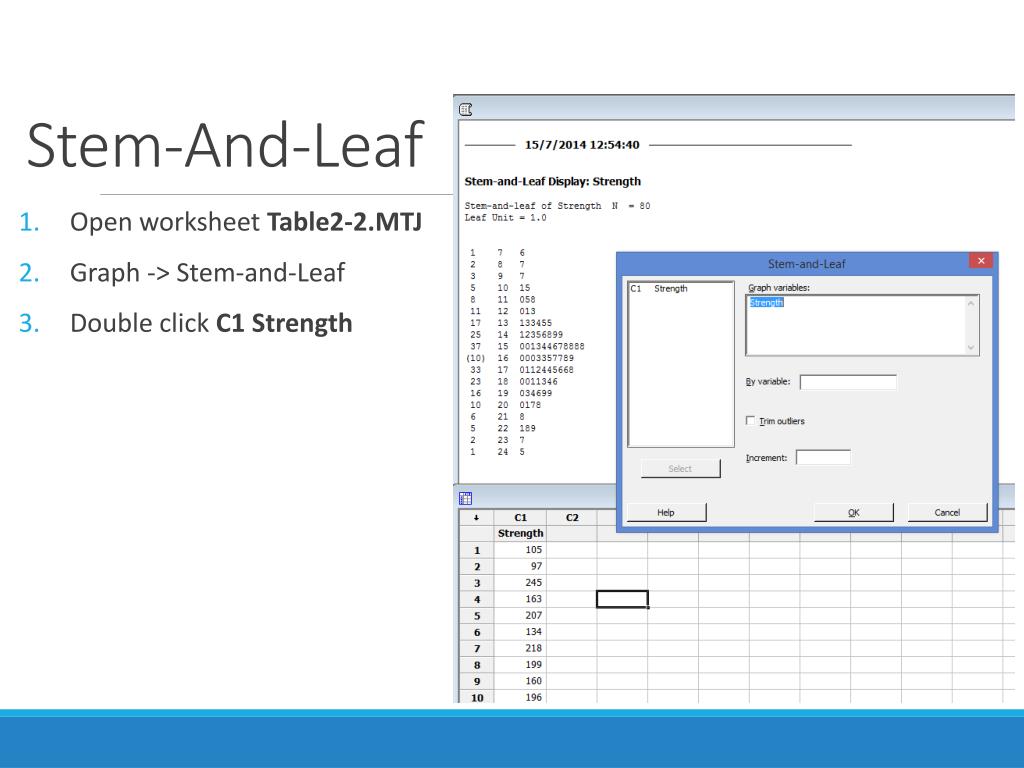

The height of 30 students in a certain class is given in centimeters.


(g) Comment on BOTH the advantage and disadvantage of a stem and leaf plot versus a histogram. Find the mode, the median, the mean and the range of each collection of data.Ġ2. 2 (f) Construct a frequency histogram with class widths of 10 and the first lower class limit at 100. If a collection have more than 1 mode, those distributions are called Multi-modal distribution.Ġ1. Those areas called Trimodal Distribution. There are distributions also with three modes. It is often used in exploratory data analysis to illustrate the major features of the distribution of the data in a convenient and easily drawn form. In this case, we have to mention both modes as the answer. Stem and Leaf Plot A stem and leaf plot is a way of summarizing a set of data measured on an interval scale. Such a distribution of data area called Bi-Modal distribution. The collection of data may have two modes. Identify quantitative data with stem-and-leaf plots. It is not necessary to write the data in ascending order to find the mode. We explain Stem-and-Leaf Plots with video tutorials and quizzes, using our Many Ways(TM) approach from multiple teachers. The value which occurs most of 10 is called the Mode of that collection of data. In a collection of data, some of the values could be identical. The marks that have been obtained by the most is 82. Let’s arrange the above marks in ascending order. The number of data in this collection is 10. Overall, this leads us to conclude that there is a gender difference in total hours worked in a typical week, with the majority of males working longer hours than the majority of females.Let’s take the idea about the mode by using an example.Įxample: Marks obtained by 10 students for a mathematics test is given below. The distribution for males (if we exclude extremes) looks approximately normal, whereas the distribution for females does not. The distribution of male hours is narrower and steeper, with most scores between 30 and 50 hours for females, the distribution is wider and flatter, with a clear skew to the left, only a small number of females work beyond 40 hours per week. The mode for males is 40 hours per week, whereas for females, it is 0 hours per week. The range (if we exclude extremes) for males is 64 hours (6–70 hours) and for females is 70 hours (0–70 hours). A review of the frequencies shows that 692 males worked 0–1 hour per week, compared to 884 females relatedly, 111 males worked over 71 hours compared to only 17 women. Simply by eyeballing Figures 5 and 6, we can see that the distributions for males and females are different. Extreme scores, at either end of the stem, are clearly denoted and defined for example, in Figure 6, those females who have worked 74 or more hours are “extremes.” Also, at the bottom of each table, it tells us what each leaf represents in both tables, this is 9 cases per leaf. At the bottom of each table under “Stem Width,” it tells us what the units in the stem represent in both cases, they are 10, in other words, each leaf is counted in tens, thus 1 is 10, 2 is 20, and so forth. The Frequency column to the left of the stem tells us literally how many males worked the total hours listed in the corresponding leaf, for example, in Figure 5, 55 males worked 70 hours. Figure 6: SPSS Output for Stem and Leaf Plot: Females – Total Weekly Hours Worked.Įach table presents us with the same information.


 0 kommentar(er)
0 kommentar(er)
